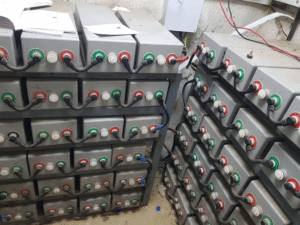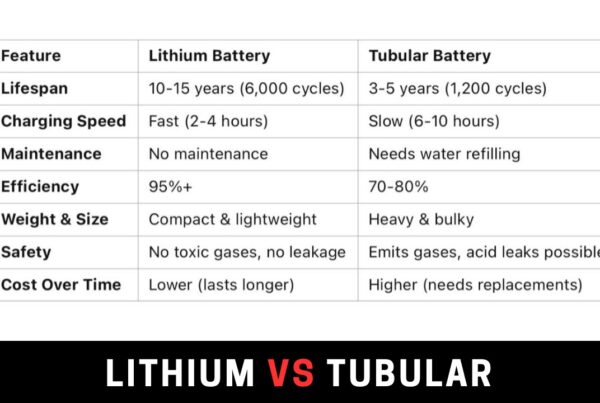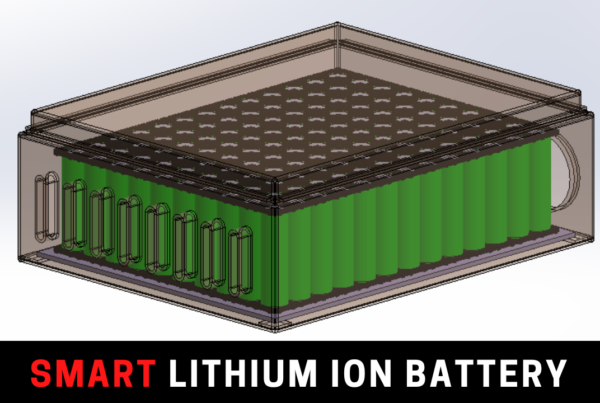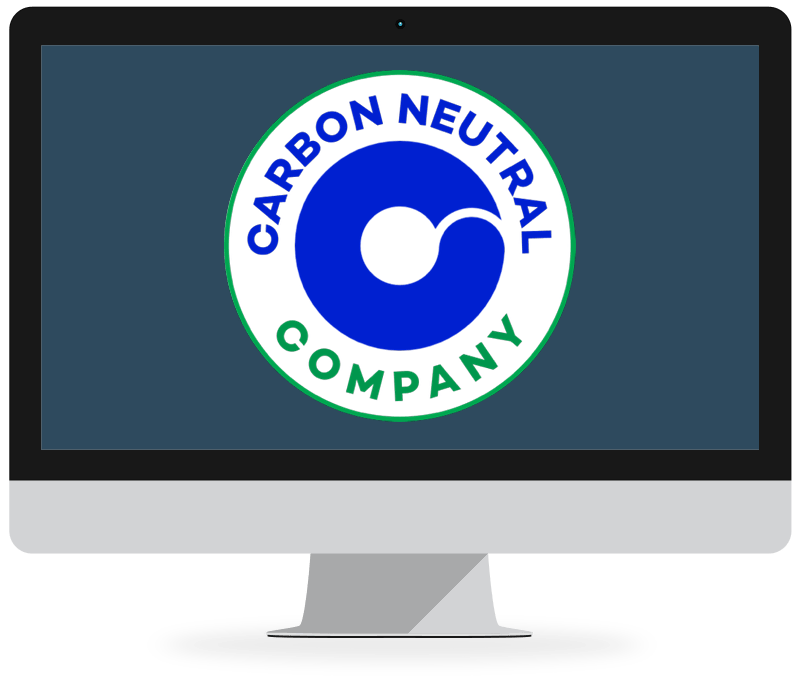An upcoming professional asked me this question earlier today —
“Sir, when designing a solar system, do we just randomly match inverters with batteries?”
Hold on!
Don’t scroll past this.
I promise you’ll learn something that’ll change the way you design your systems
The Common Misconception
Everyone knows that battery voltage (12 V, 24 V, 48 V, etc.) is chosen based on the inverter’s system voltage.
But what most people don’t realize is this:
The battery’s Amp-hour (Ah) rating is not random either.
It’s a calculated choice — the reason why one system uses a single battery and another uses five.
Let’s break it down.
Example 1: 4 kW | 48 V System
Step 1:
Power = 4,000 W
Step 2:
At 48 V, the inverter draws maximum current when the battery voltage drops — say, to about 44 V.
(When fully charged, it might reach 58.5 V, depending on the brand.)
Formula:
Max. Current (A) = Inverter Power (W) ÷ Minimum Battery Voltage
So:
4,000 W ÷ 44 V = 91 A
✅ Answer: A 48 V 100 Ah battery can safely discharge this current without damaging its BMS.
Example 2: 8 kW | 48 V System
8,000 W ÷ 44 V = 181 A
✅ Therefore: You’ll need 48 V 200 Ah,
or simply two 100 Ah batteries in parallel.
Example 3: 20 kW | 48 V System
20,000 W ÷ 44 V = 454 A
✅ Therefore: You’ll need 48 V 500 Ah,
or five 100 Ah batteries connected in parallel.
The Takeaway
If you don’t size your battery Amp-hour rating to match your inverter’s current demand,
you’re setting up your battery (and your BMS) for an early grave.
Battery sizing is not just about voltage — it’s also about current compatibility.
⚙️ FAQ: Why Are Batteries Rated 12 V?
Most lead-acid and lithium batteries are built from series-connected 2 V cells.
So, 6 cells × 2 V = 12 V.
This 12 V configuration became the industry standard because it’s compact, easy to scale, and fits well with automotive and small inverter systems.
Need a 24 V or 48 V system? You just connect 2 or 4 batteries in series — that’s modularity in action.
 ️ Bonus Insight: Temperature and Humidity Control
️ Bonus Insight: Temperature and Humidity Control
Yes, temperature and humidity control equipment is often included — or at least recommended — in professional solar energy installations, especially when batteries or inverters are installed indoors.
Here’s why:
-
High temperatures shorten battery life drastically.
-
High humidity corrodes terminals and triggers insulation breakdown.
-
Controlled environments maintain optimal performance and long-term reliability.
At Zorays Solar, we include environmental control in our design checklist for industrial and large residential setups. Because efficiency doesn’t just depend on panels — it depends on protection.
Final Word
Next time you design or buy a solar system, remember:
Voltage compatibility keeps things running,
but current matching keeps things alive.
If this post helped you, share it — someone out there is about to burn a battery for no reason.













